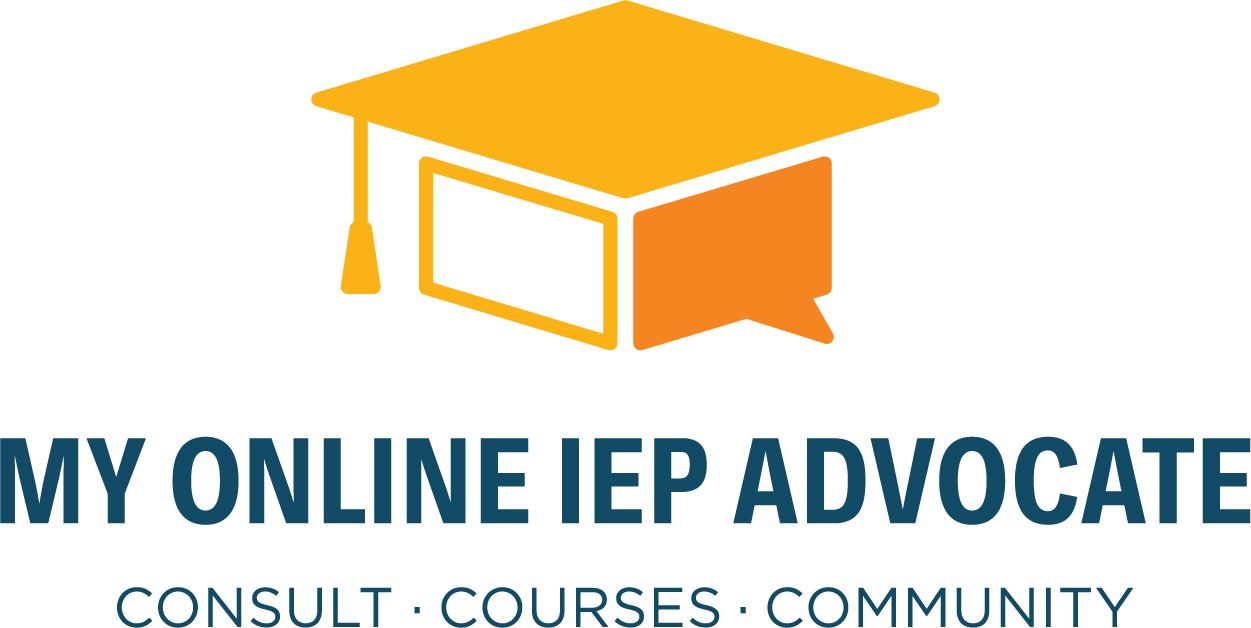Knowledge Base Bundle
All three courses, one low price
10% discount
This class will be a super easy introduction to getting started. For that reason we offer 10% discount!
Exceptional training methods
We guarantee an exceptional experience with flexible learning paths and professional guidance.
Engaging classes
Video interactions, note-taking, interactive ebooks, self-assessment, certificates, and much more.
Drip feed courses
Scheduling of course content. Take courses in intervals or even on specific dates.
1. Interview with Ray Nelson: Presuming Competence- A Guide to Ensuring Equity
Presuming Competence Booklet
You will advocate for your children and students in many ways throughout your time with them. In my experience, grounding your approach in “presuming competence” will grant you the best footing on which to base your perspective. One of the key issues surrounding disability and education is the concept of Equity. Equity is slightly different than equality. Merriam-Webster defines equity a number of ways, but for our purposes we want to consider the first definition. That definition is “Justice according to natural law or right” and “specifically: free from bias or favoritism”. Why is equity important? I could go on all day about this, but we will start with how bias and favoritism impact every disabled child in school around the world. School was not designed for people with disabilities. Like many of our institutions, education was not constructed with the needs of the disabled in mind. That is why we have laws like Section 504 of the Rehabilitation Act and the Individuals with Disabilities Education Act. Those laws were passed as an attempt to provide access to education for children with disabilities. That access is a form of equity.
Join us to read more...
You will advocate for your children and students in many ways throughout your time with them. In my experience, grounding your approach in “presuming competence” will grant you the best footing on which to base your perspective. One of the key issues surrounding disability and education is the concept of Equity. Equity is slightly different than equality. Merriam-Webster defines equity a number of ways, but for our purposes we want to consider the first definition. That definition is “Justice according to natural law or right” and “specifically: free from bias or favoritism”. Why is equity important? I could go on all day about this, but we will start with how bias and favoritism impact every disabled child in school around the world. School was not designed for people with disabilities. Like many of our institutions, education was not constructed with the needs of the disabled in mind. That is why we have laws like Section 504 of the Rehabilitation Act and the Individuals with Disabilities Education Act. Those laws were passed as an attempt to provide access to education for children with disabilities. That access is a form of equity.
Join us to read more...
Interview with Valeria Fontanals, School Psychologist, Harvard Graduate
The Best Next Steps Post Evaluation Booklet
Remember, the evaluation is the start point for your child’s learning path success, not the finish line!When you receive a report with a long list of recommendations, divide them in 2 or 3 phases, starting with the area/s or skill/s that your child is struggling with the most at that time.
For example, if your child was diagnosed with ADHD, and recommendations include counseling, tutoring, parent training, pharmacological treatment, social skills training, occupational therapy; ask yourself how those symptoms of ADHD are affecting the most to your child. Is your child having a hard time interacting with peers, completing his homework, is at risk of repeating a grade, and/or struggling with familial relationships?
Join us to read more...
Remember, the evaluation is the start point for your child’s learning path success, not the finish line!When you receive a report with a long list of recommendations, divide them in 2 or 3 phases, starting with the area/s or skill/s that your child is struggling with the most at that time.
For example, if your child was diagnosed with ADHD, and recommendations include counseling, tutoring, parent training, pharmacological treatment, social skills training, occupational therapy; ask yourself how those symptoms of ADHD are affecting the most to your child. Is your child having a hard time interacting with peers, completing his homework, is at risk of repeating a grade, and/or struggling with familial relationships?
Join us to read more...
Interview with Shemica Allen, Nationwide Advocate
Transition Planning Booklet
Beginning when the child is age 14 (or younger, if appropriate), the IEP must address (within the applicable parts of the IEP) what the child needs to take to reach his or her post-secondary goals. A statement of transition services needs must also be included in each of the child’s subsequent IEPs.
No later than the child’s 16th birthday a transition plan must be included in the IEP outlining post-secondary goals, independent living skills goals, and transition services needed in order for the goals to be accomplished
Join us to read more...
Beginning when the child is age 14 (or younger, if appropriate), the IEP must address (within the applicable parts of the IEP) what the child needs to take to reach his or her post-secondary goals. A statement of transition services needs must also be included in each of the child’s subsequent IEPs.
No later than the child’s 16th birthday a transition plan must be included in the IEP outlining post-secondary goals, independent living skills goals, and transition services needed in order for the goals to be accomplished
Join us to read more...
Courses included
Annual Payment
Pay Annual rate

